 Regardless of what you teach, your students will most likely respond well to an adventure of some kind as opposed to worksheets or traditional whole-group learning. So a fliphunt is perfect for your classroom. But, you might be asking yourself, “What is a fliphunt?” Designed by Kathi Kersznowski (@kerszi), a fliphunt is a scavenger hunt using Flipgrid. It is a fun way of having your students get out of their seats, participate in the learning, and demonstrate their understanding and application.
Regardless of what you teach, your students will most likely respond well to an adventure of some kind as opposed to worksheets or traditional whole-group learning. So a fliphunt is perfect for your classroom. But, you might be asking yourself, “What is a fliphunt?” Designed by Kathi Kersznowski (@kerszi), a fliphunt is a scavenger hunt using Flipgrid. It is a fun way of having your students get out of their seats, participate in the learning, and demonstrate their understanding and application.
Organizing Your Fliphunts
Start by creating a grid in Flipgrid to contain all your fliphunts. This will help keep them organized and in one place, a folder to contain them all. Next, create a new topic and give it the name of your fliphunt. Each fliphunt will be a new topic within this grid.
Creating Your First Fliphunt
Begin with your content standards or knowledge and skills you are wanting your students to learn. Identify multiple concepts they will need to demonstrate understanding of. Think of fun ways for them to demonstrate the concept or skill. For the sake of an example, I’ll pull from fourth grade math standards:
(6) Geometry and measurement. The student applies mathematical process standards to analyze geometric attributes in order to develop generalizations about their properties. The student is expected to:
(A) identify points, lines, line segments, rays, angles, and perpendicular and parallel lines;
(B) identify and draw one or more lines of symmetry, if they exist, for a two-dimensional figure;
(C) apply knowledge of right angles to identify acute, right, and obtuse triangles;…
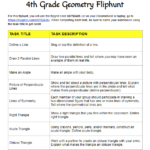 In Google Docs or Microsoft Word, create a list of tasks (or even a choice board). I created a Google Doc (http://bit.ly/fliphunt4geo) with tasks for the fourth grade geometry lesson. It is up to you whether students complete them in order. In my example, students can go in any order. But, to get credit for each submission, they must name their entry using the task title. This will help students as they review other student work (and as I grade!). If you are creating a fliphunt for someone that is not in your district domain, be sure to edit the topic, select Add Topic Guests, and give them the permission to record videos to the topic; you’ll also need to share the topic guest address/code with them, which is different than the one used by your students or people within your district domain.
In Google Docs or Microsoft Word, create a list of tasks (or even a choice board). I created a Google Doc (http://bit.ly/fliphunt4geo) with tasks for the fourth grade geometry lesson. It is up to you whether students complete them in order. In my example, students can go in any order. But, to get credit for each submission, they must name their entry using the task title. This will help students as they review other student work (and as I grade!). If you are creating a fliphunt for someone that is not in your district domain, be sure to edit the topic, select Add Topic Guests, and give them the permission to record videos to the topic; you’ll also need to share the topic guest address/code with them, which is different than the one used by your students or people within your district domain.
Fliphunt Template
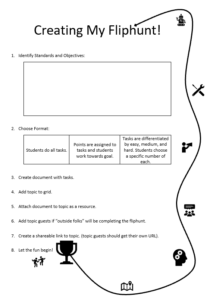 Here is a template to guide you through the steps. Once you complete your fliphunt, be sure to share it with other educators by tweeting a link to it using #fliphunt and #flipgridfever. Before you know it, you’ll be making fliphunts for all your classes…and even start creating ones that are just for fun and for icebreakers. When coming up with the tasks, consider having your students submit ideas to be used!
Here is a template to guide you through the steps. Once you complete your fliphunt, be sure to share it with other educators by tweeting a link to it using #fliphunt and #flipgridfever. Before you know it, you’ll be making fliphunts for all your classes…and even start creating ones that are just for fun and for icebreakers. When coming up with the tasks, consider having your students submit ideas to be used!
Sample Fliphunt Docs
| Getting to Know You Fliphunt |
Earth Systems Fliphunt |
Parts of a Non-Fiction Book |
| Skeletal System Fliphunt | Indian Hill Staff Fliphunt | Geometry FlipHunt |
| To Kill a Mockingbird Fliphunt | Meet and Greet Fliphunt |
What Will You Create?
What content will you use to create your fliphunt? If you still need more ideas and details, check out #fliphunt on Twitter for lots of sharing. Also, be sure to add your ideas to the comments section. Don’t just make it an adventure; make it a fliphunt!

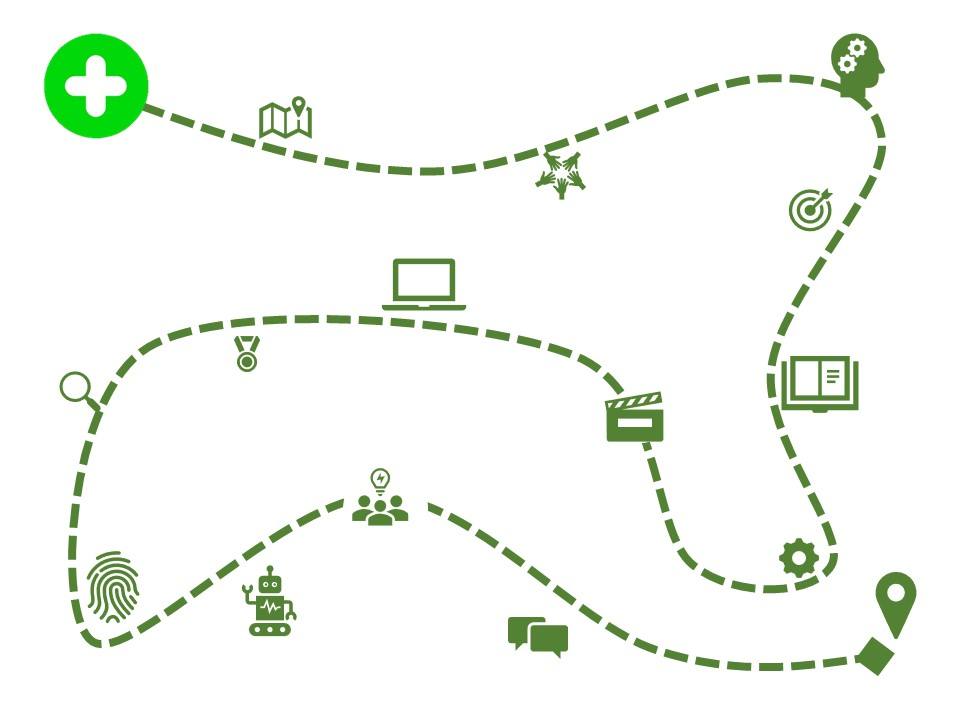
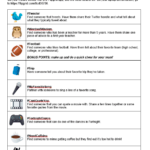
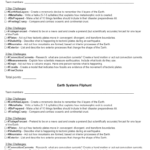
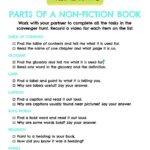
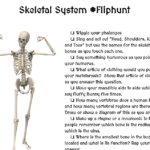
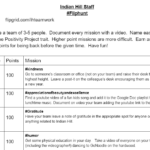
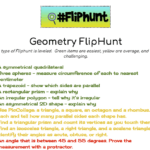
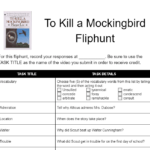
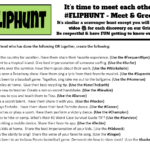
8 comments
This is interesting. I wonder why though, the tasks for the fliphunt aren’t imbedded into Flipgrid, instead of making kids go to a 2nd document.
I think it is just that it is a new way of thinking about how to use Flipgrid. If fliphunts go viral then Flipgrid may decide to incorporate it some way. Even though I link the document when I create a fliphunt, I find it easiest to give the students/participants a paper copy of the tasks (or show them on the projector).
What makes this a scavenger hunt? Do they have to do certain tasks in certain spots? I didn’t see anything about that in your post.
In my example they aren’t going different place and doing things but they could…it depends on how elaborate you want to make it. It might be more of a scavenger hunt if you did this on a field trip or if part of this was done outside the classroom (based on the need of the student standards).
How is this different from GooseChase? Does each participant’s submissions show up underneath their square making it easier to grade?
Sad to say, Flipgrid doesn’t have all the features of GooseChase so it isn’t as organized and it doesn’t allow you to do the points and leaderboard.
I love flipgird thank you!
thank you